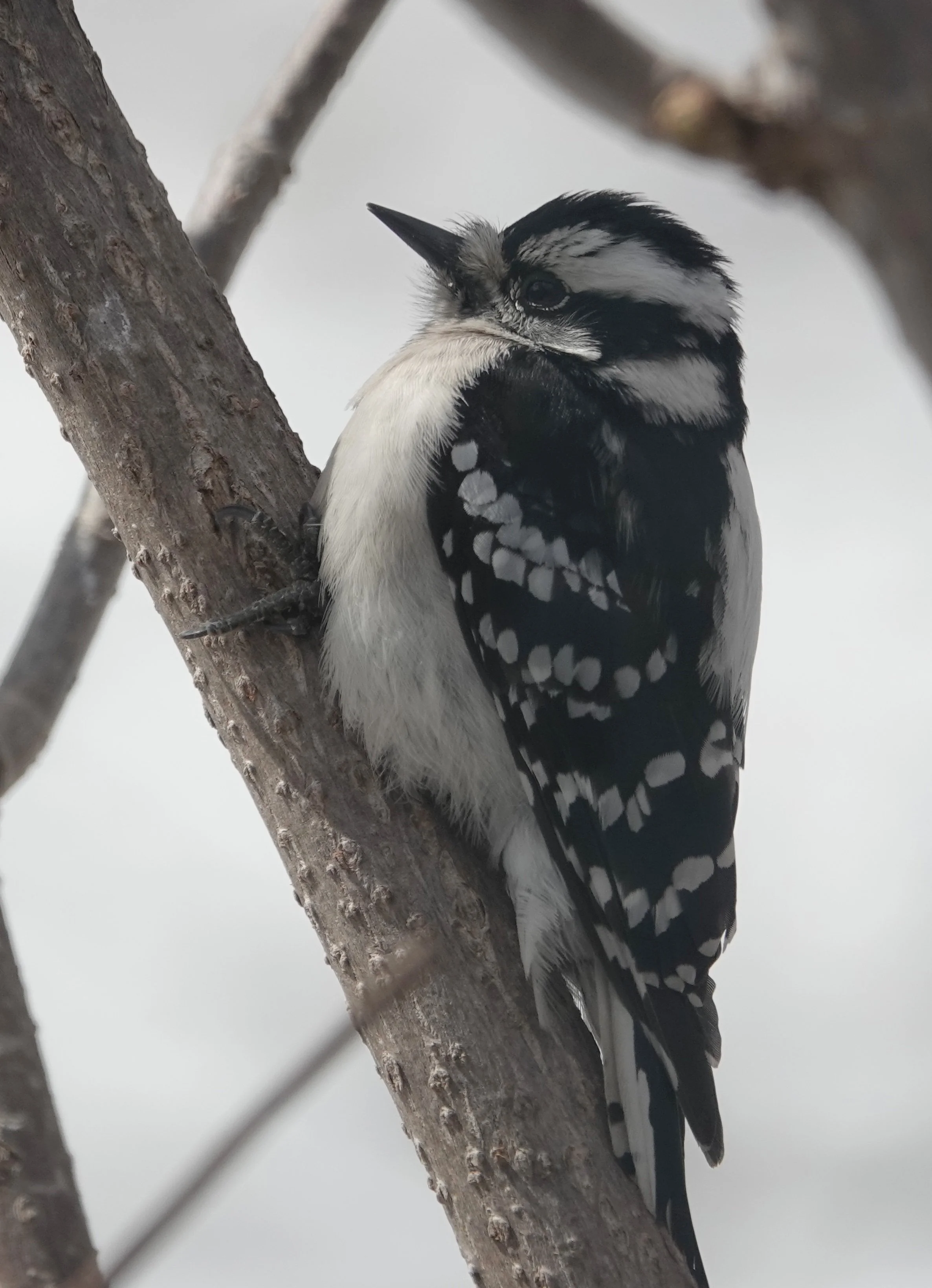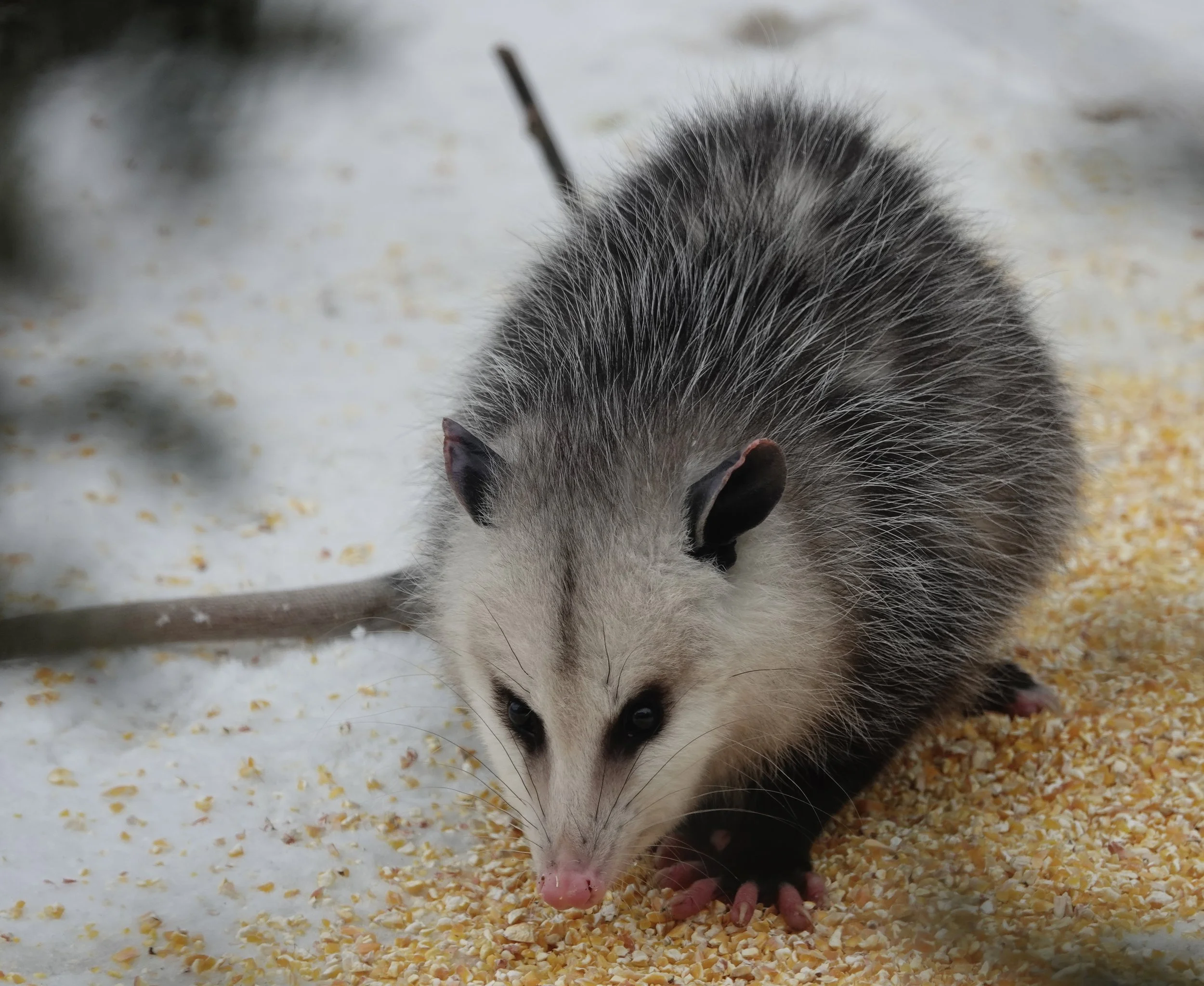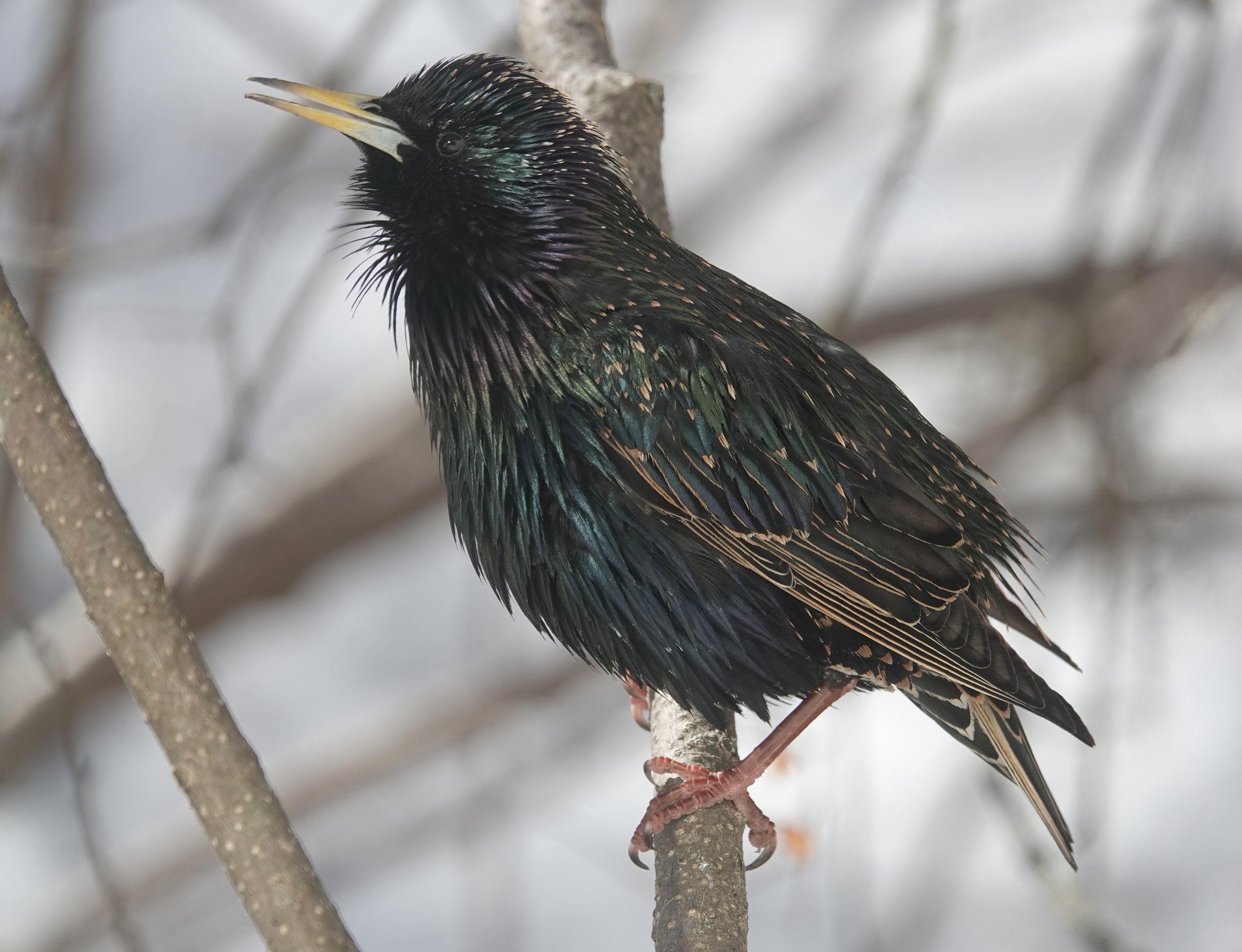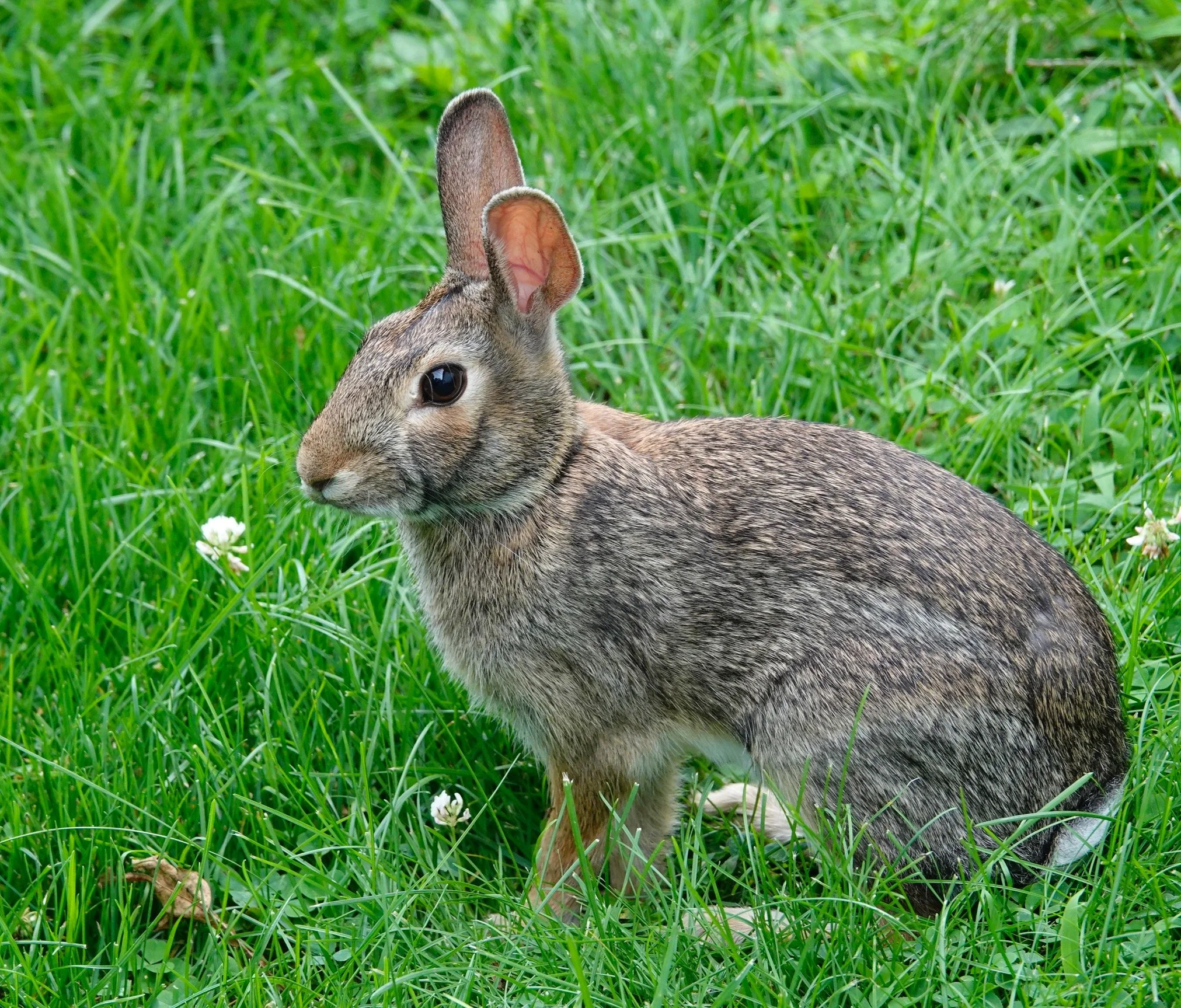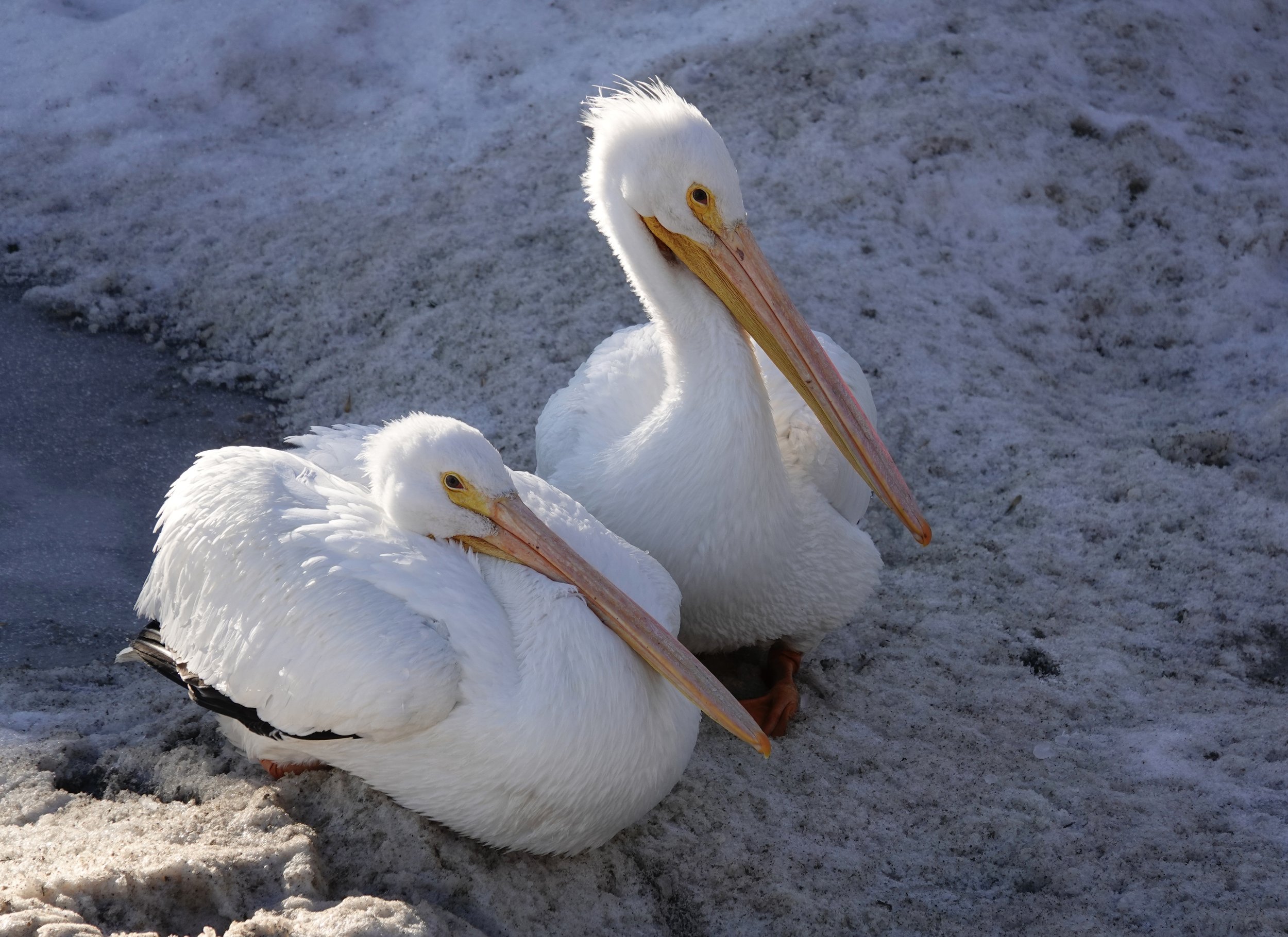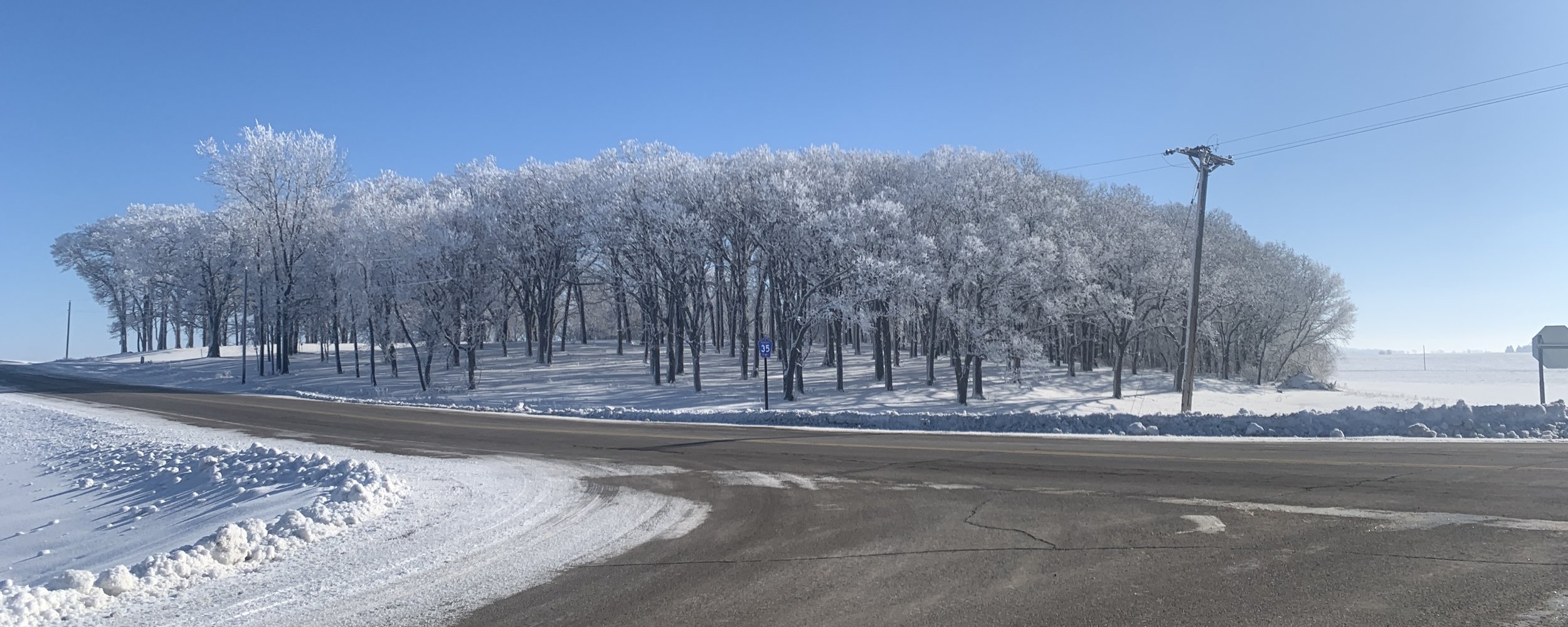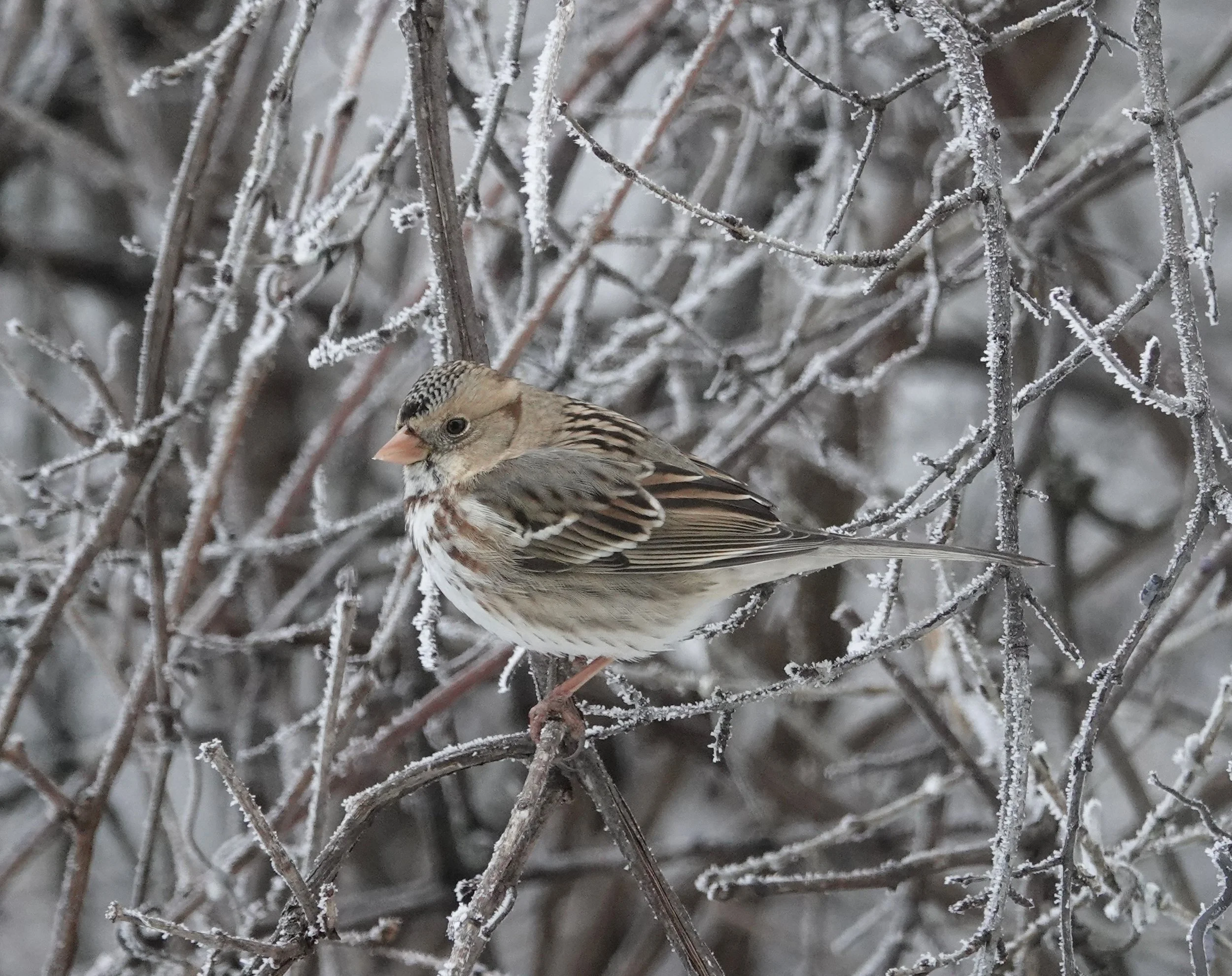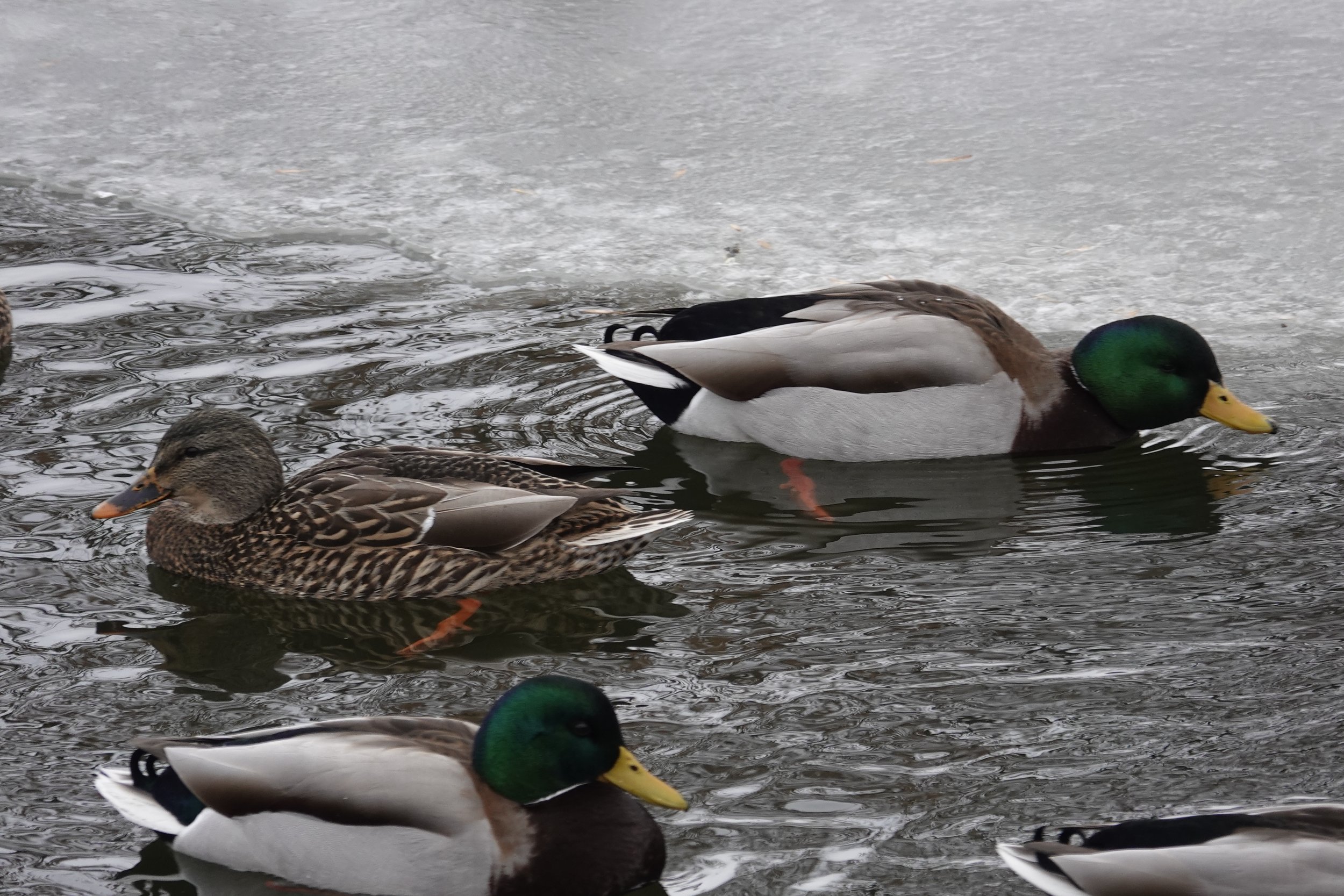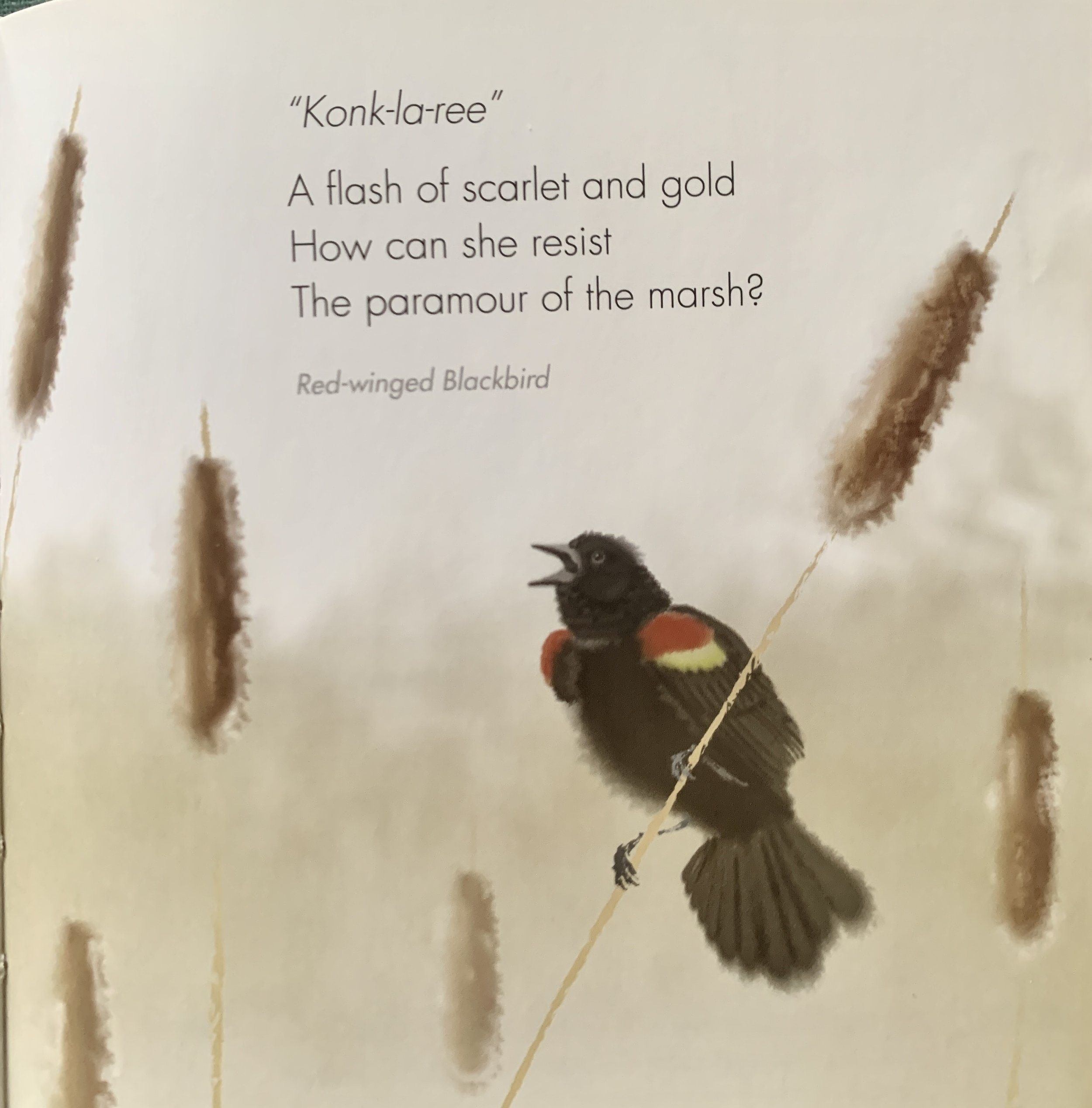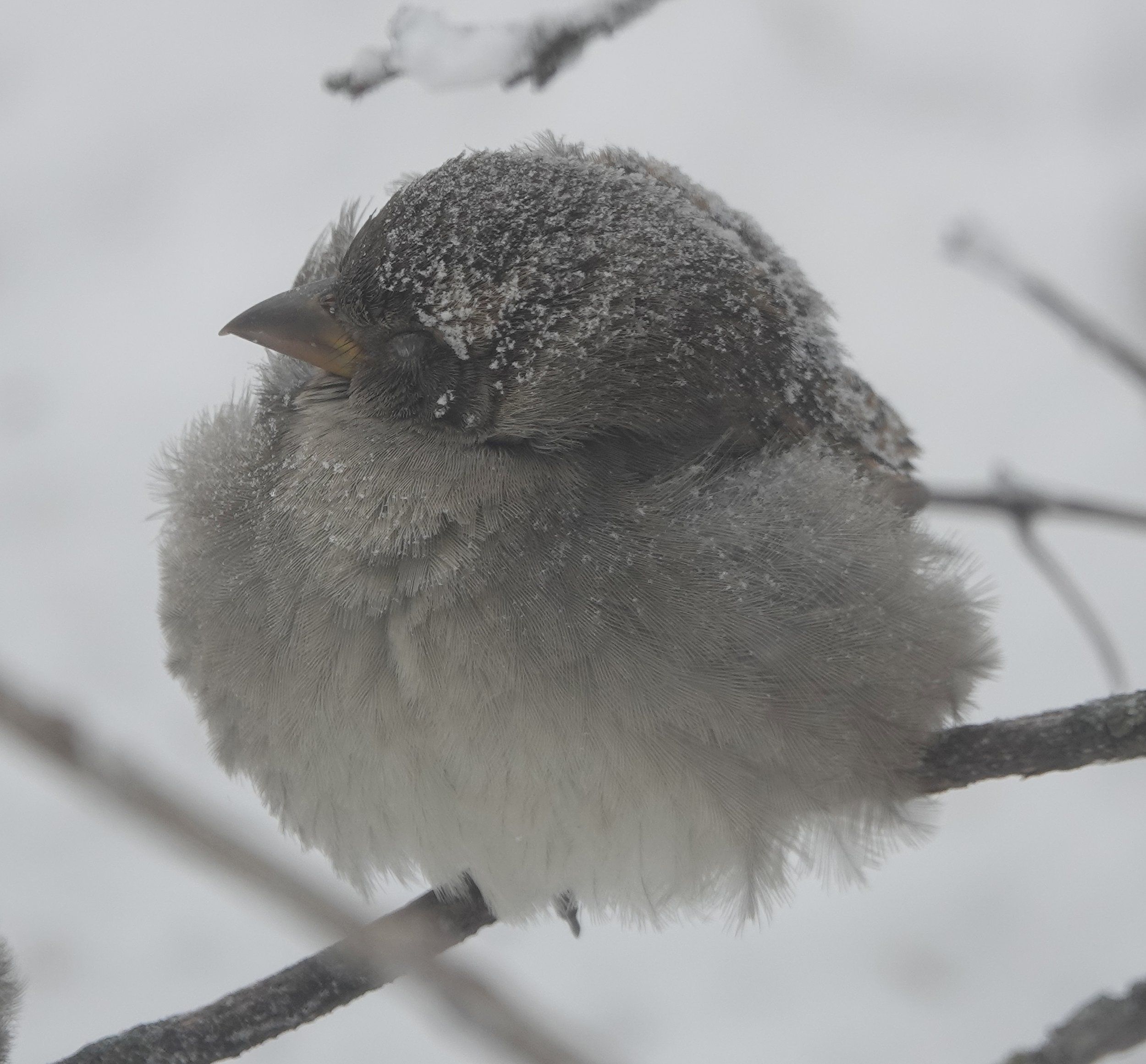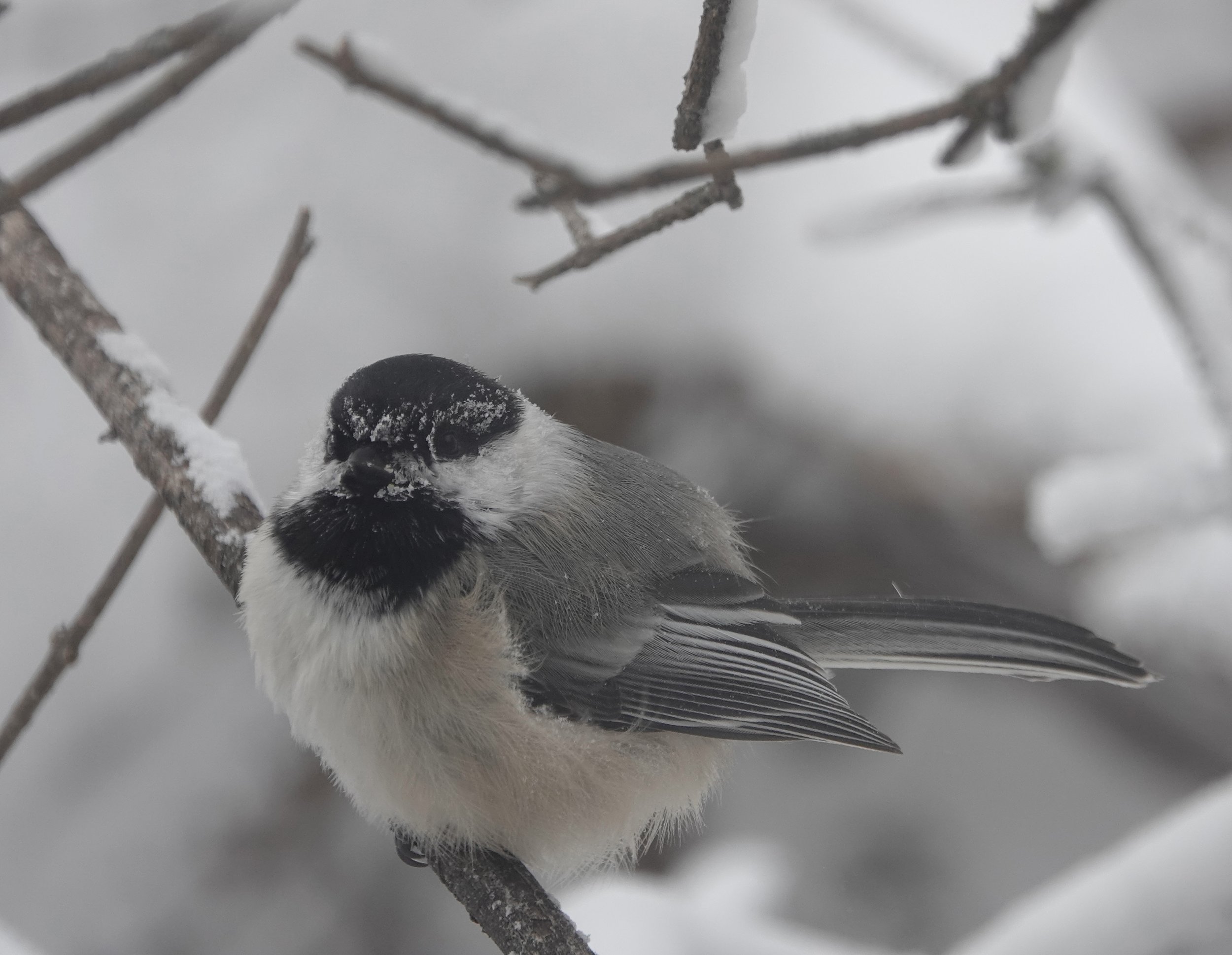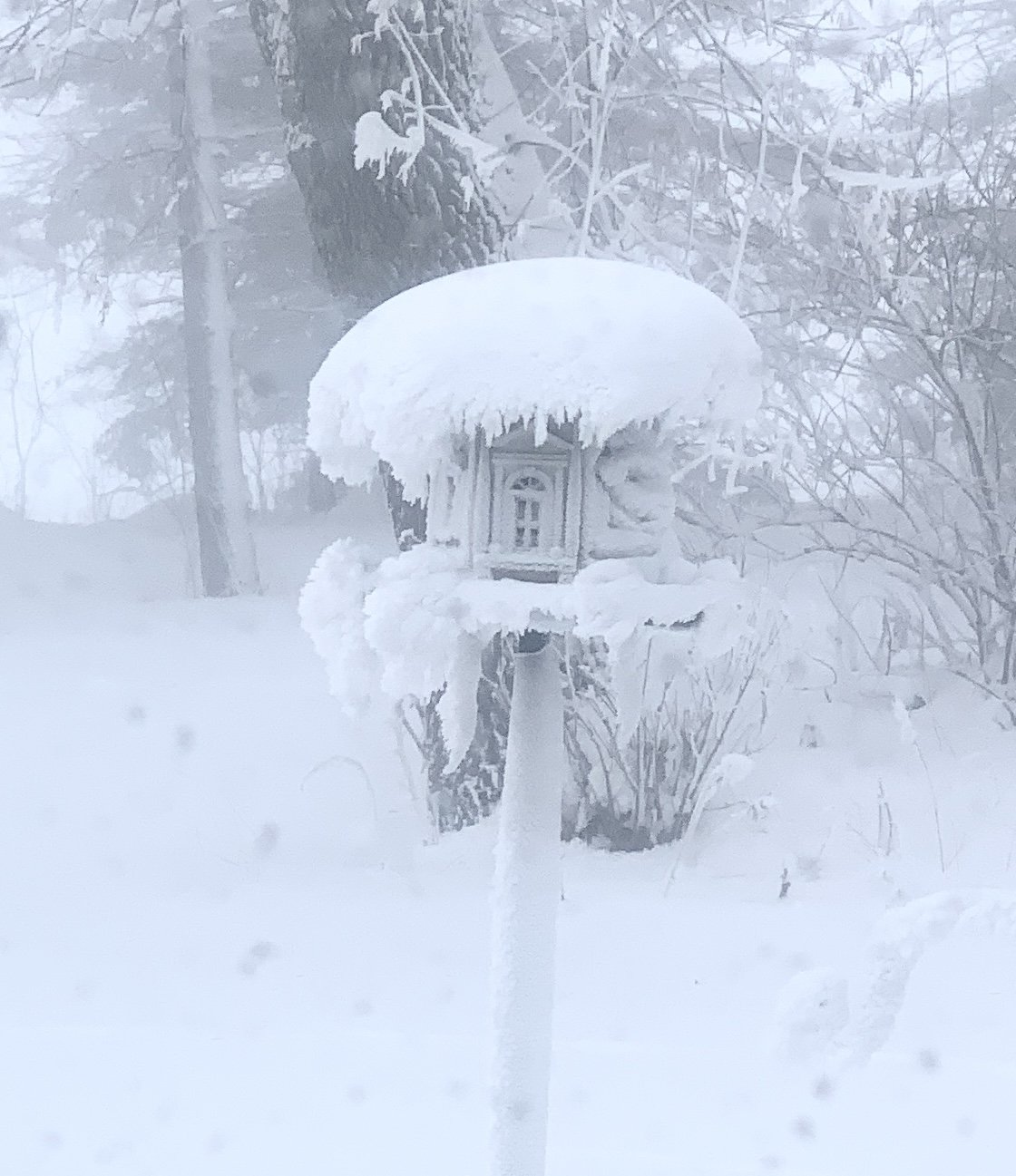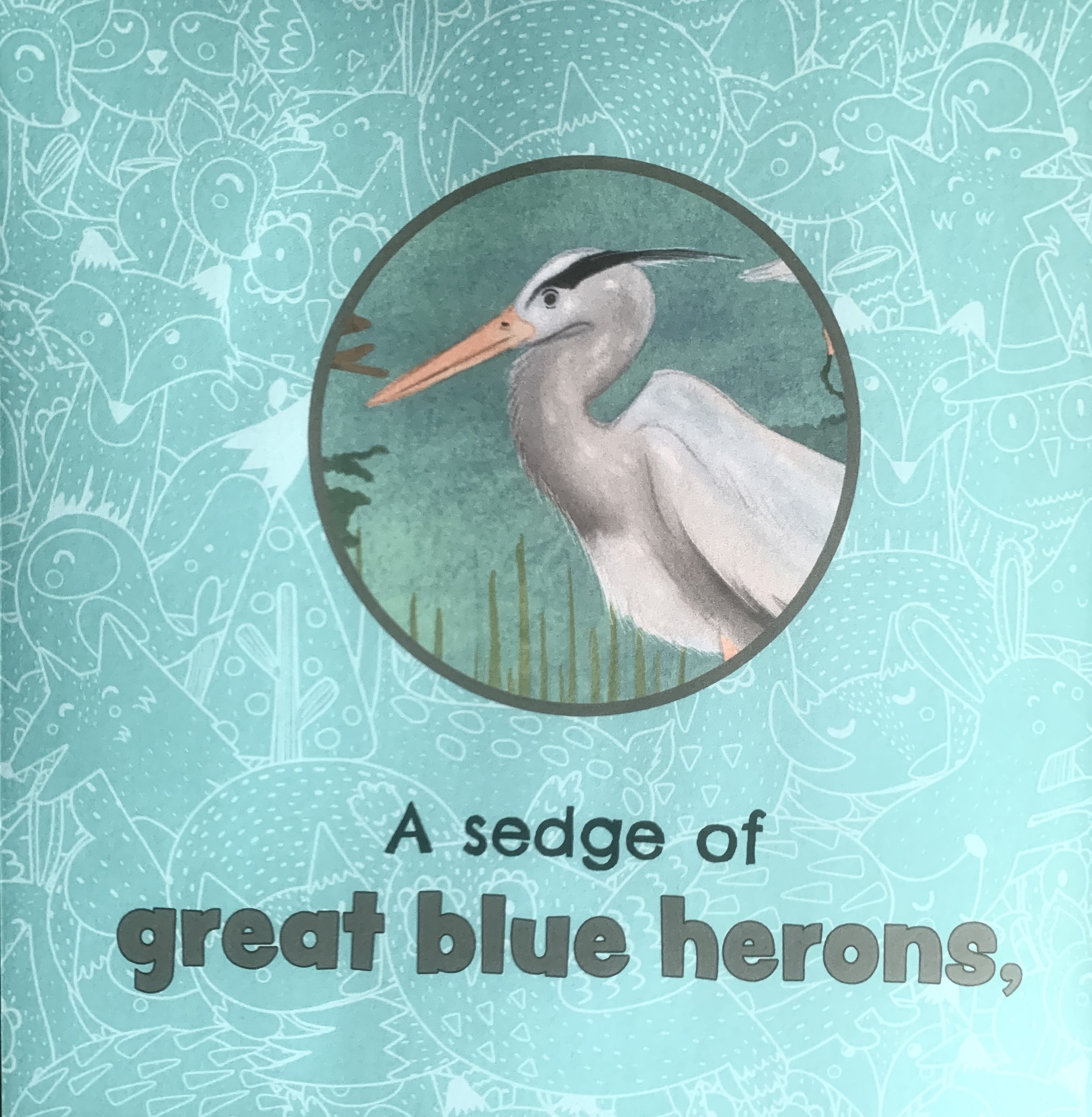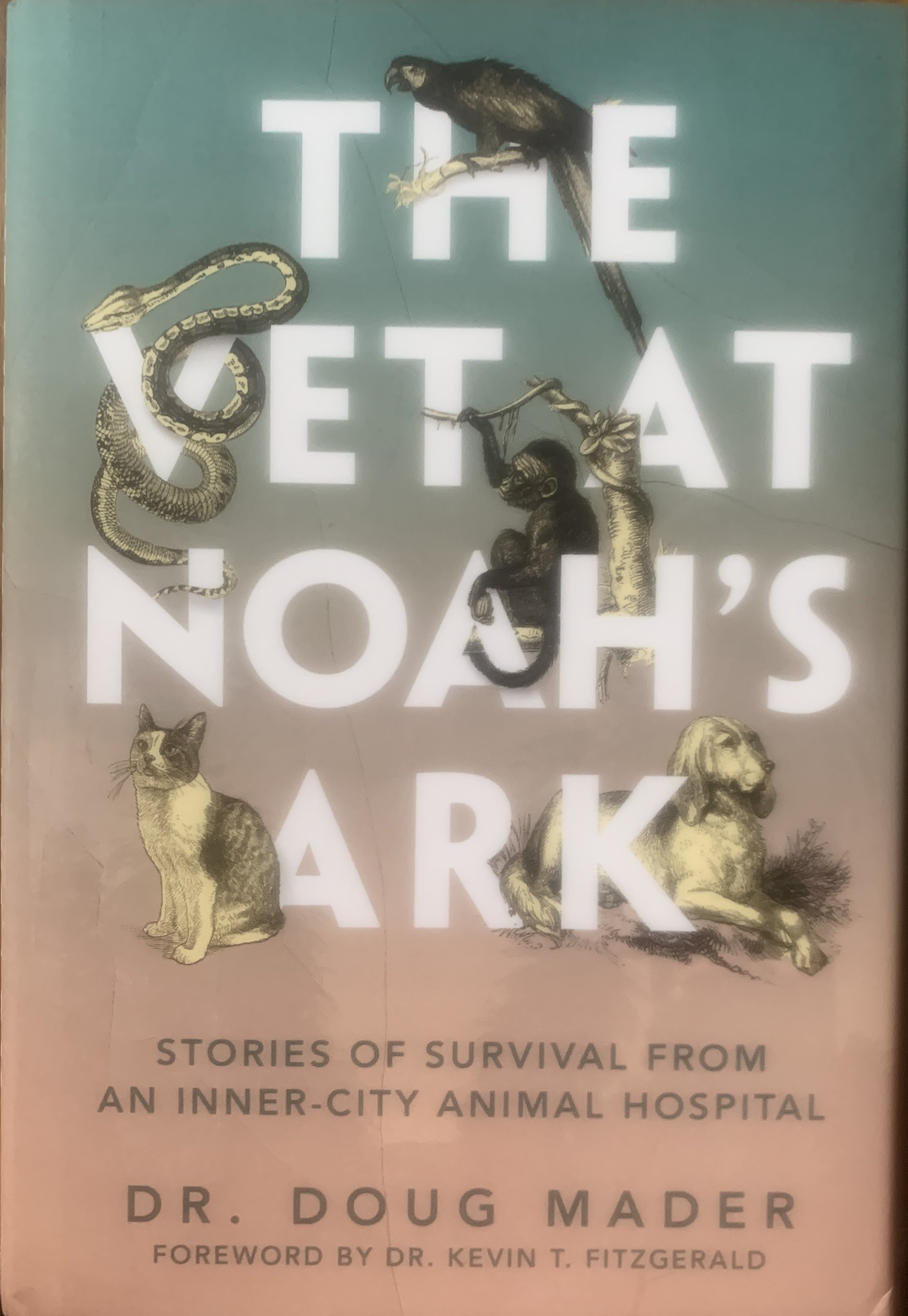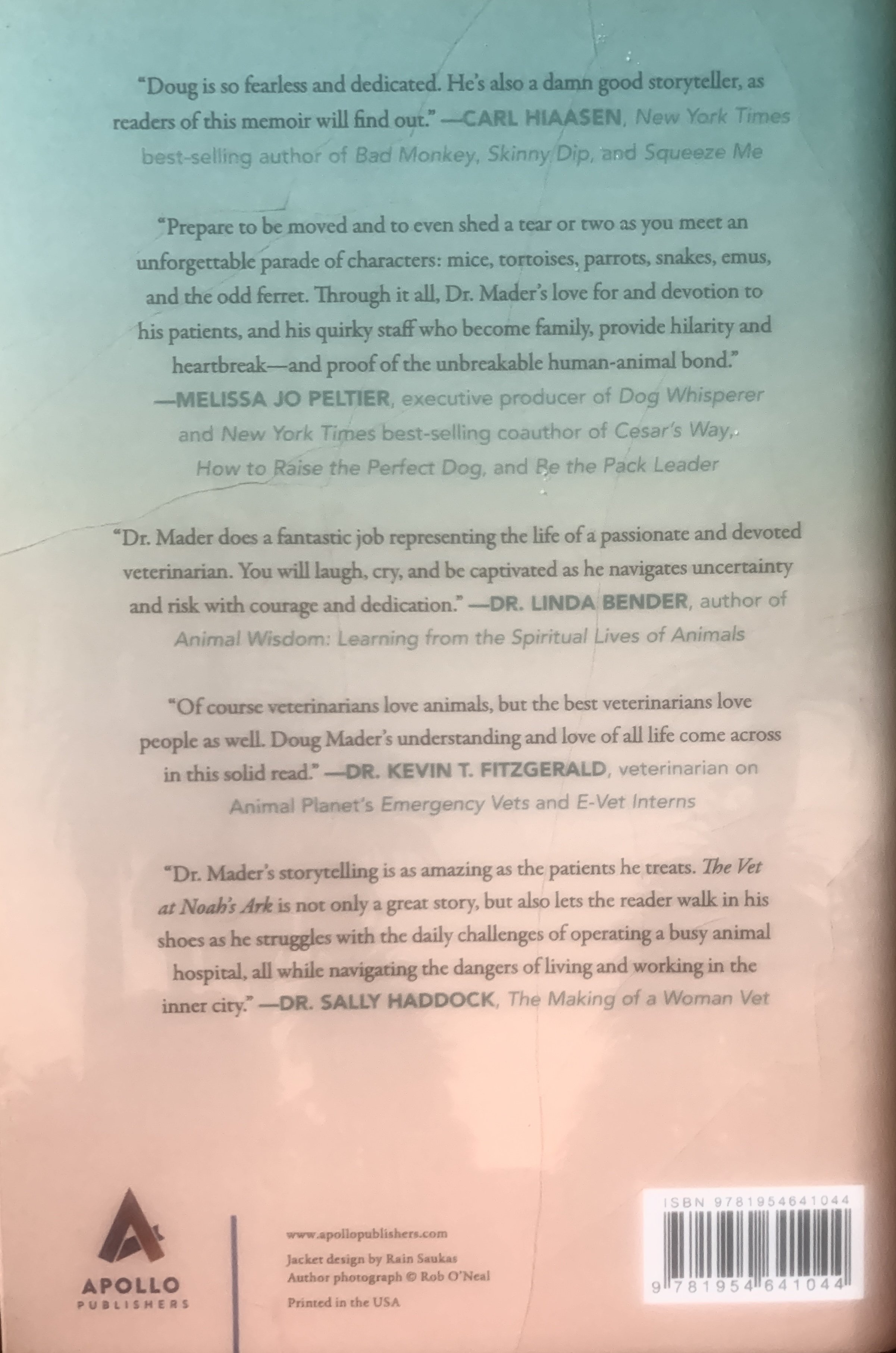Naturally
The morning brought the sounds of birds as they celebrated making it through the night.
The elegant and eloquent American goldfinches begin to resemble their “wild canary” nickname.
I watched two squirrels fight over a buried acorn one had unearthed. Storage wars.
An Eaglewatch Cam is offering a live view of the Mississippi River at the National Eagle Center in Wabasha, Minnesota. Watch eagles catch fish, soar over the river, perch on trees and more at https://www.nationaleaglecenter.org/eaglewatch-cam/
Q&A
“What is a group of cedar waxwings called?” A flock. Other collective nouns are museum and earful.
Jerry Viktora of Ellendale asked why the wild turkeys disappeared from his yard. Turkeys like large, older trees with substantial horizontal branches—just the kind Jerry’s property provides. Oaks are perfect and they like white pines where they can find them. In spring, summer and fall, hayfields, pastures and open woods are important forage areas for insects, berries and seeds. Young turkeys need high-protein insects during their first couple of months of life. By late fall, turkeys depend on acorns, grains, fruits and berries. They flock together for safety. Acorns are a staple of their winter diet and waste corn in fields can be another. South-facing slopes are important foraging and resting areas as increased snowmelt exposes food. Manure spread on fields provides an additional source of grain. Turkeys struggle when powdery snow depths exceed 10 inches for 20 consecutive days. South- and east-facing slopes are preferred by roosting turkeys for early sunlight and for feeding areas sheltered from northwest winds during winter. Turkeys don’t always roost in the same place and are like deer in that they shift to different parts of their home range throughout the year. They spend more time roosting in favored locations than anywhere else. There is a greater roost site loyalty shown by turkeys in open terrain than by turkeys in heavily forested areas. A great horned owl turned out to be the thing making his turkeys nervous enough to go absent with leave.
“There was a headless rabbit in my yard. Was it Colonel Mustard in the library with a candlestick?” I’d put nothing past Colonel Mustard, but when folks encounter such a sight and perform a thorough crime scene investigation, they come up with a list of usual suspects (cat, celebrity chef and Colonel Mustard). I’d take Colonel Mustard off that suspect list and guess that the culprit was an owl. A great horned owl’s signature method when dealing with large prey is to behead the victim before it’s taken to the owl’s nest or eating perch. Out of 28 owl kills in a study conducted in Kansas, 60% of the prey items were decapitated. A great horned owl has a deadly grip and uses its bill and talons to cleave a bunny head as fast as a rodeo cowboy can rope a steer. Apparently, rabbit brains and eyes are a delicacy for owls and are nutritious by being full of fats and proteins.
“I heard you talk about a godwit on the radio. What is the origin of that name?” The origin of its mysterious moniker is obscure. Some have suggested the name comes from the Old English gōdwiht, corresponding to good + wight (“creature”). The Oxford English Dictionary considers the term likely to have been imitative of the bird's call. Most etymological sources find the origin of the godwit name to be unknown.
“What is a spongy moth?” Spongy moth was adopted as the new common name for the moth species Lymantria dispar (formerly known as the gypsy moth) by the Entomological Society of America. The new name comes from a translation of a French name based on the destructive forest pest's sponge-like egg masses.
“Why does the snow on the south side of my shed melt faster than the snow on the north side of the shed?” It’s the tilt of the Northern Hemisphere away from the sun during the winter. This angle allows more sunlight to hit the south side of buildings in winter, which helps to melt away ice and snow. The north side receives less direct sun and casts a shadow. This makes the temperatures cooler north of your shed and keeps the ice and snow around longer than on the opposite side of the structure.
Thanks for stopping by
“Everything is simpler than you think and at the same time more complex than you imagine.”—Johann Wolfgang von Goethe.
“As of today, you have 100 percent of your life left.¨—Tom Landry.
Do good.
©️Al Batt 2023
The blue-winged teal is the second most abundant duck in North America, behind only the mallard. They are dabbling or puddle ducks. These three drakes feed by dabbling—skimming food from the surface of the water, dipping their bills just below the surface or by tipping their bodies into a bottoms-up position. Photo by Al Batt
Colonel Mustard had nothing to do with this either.



